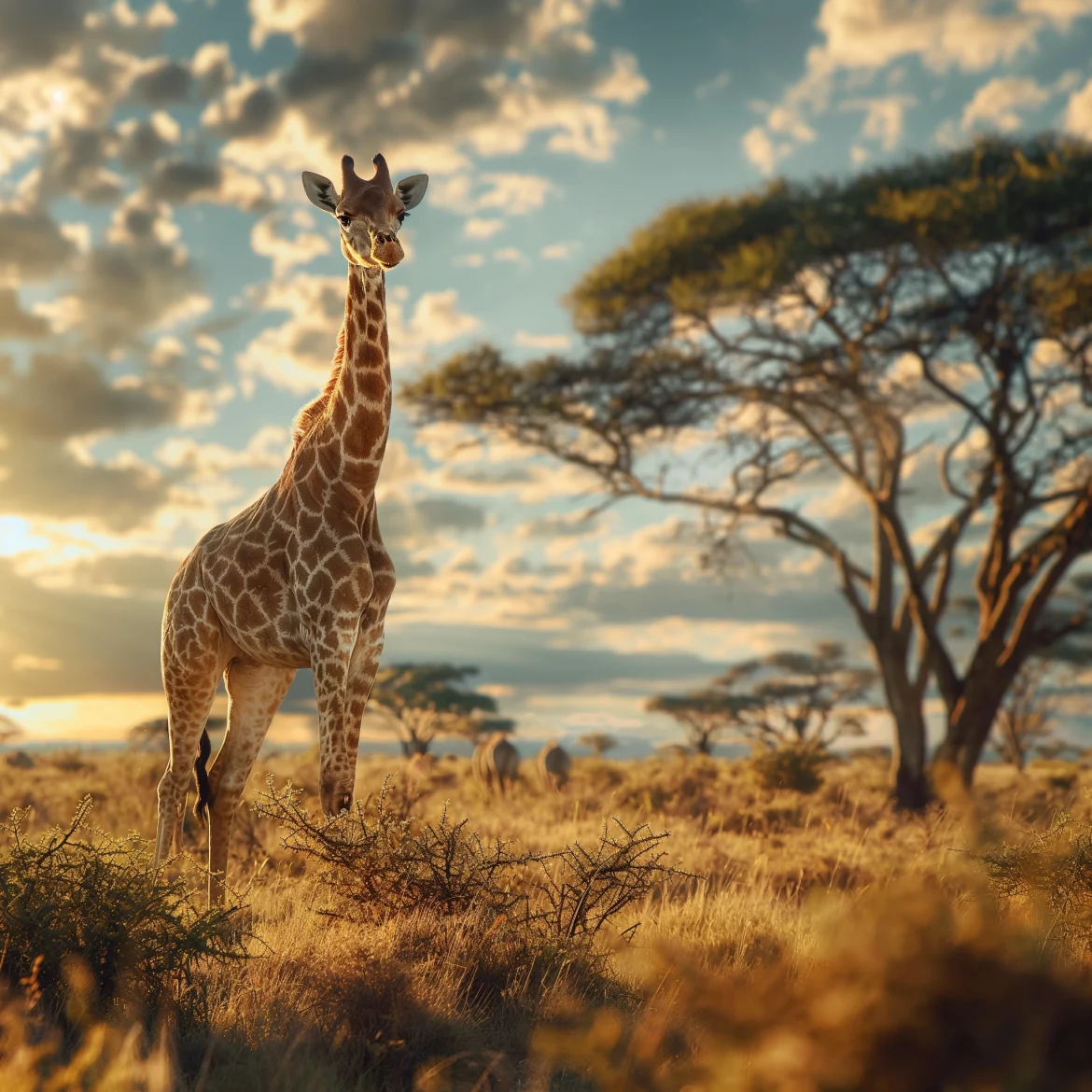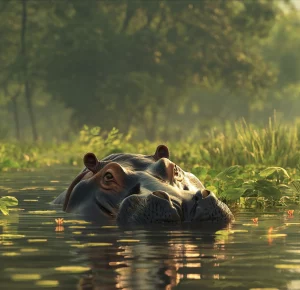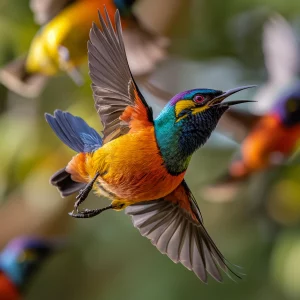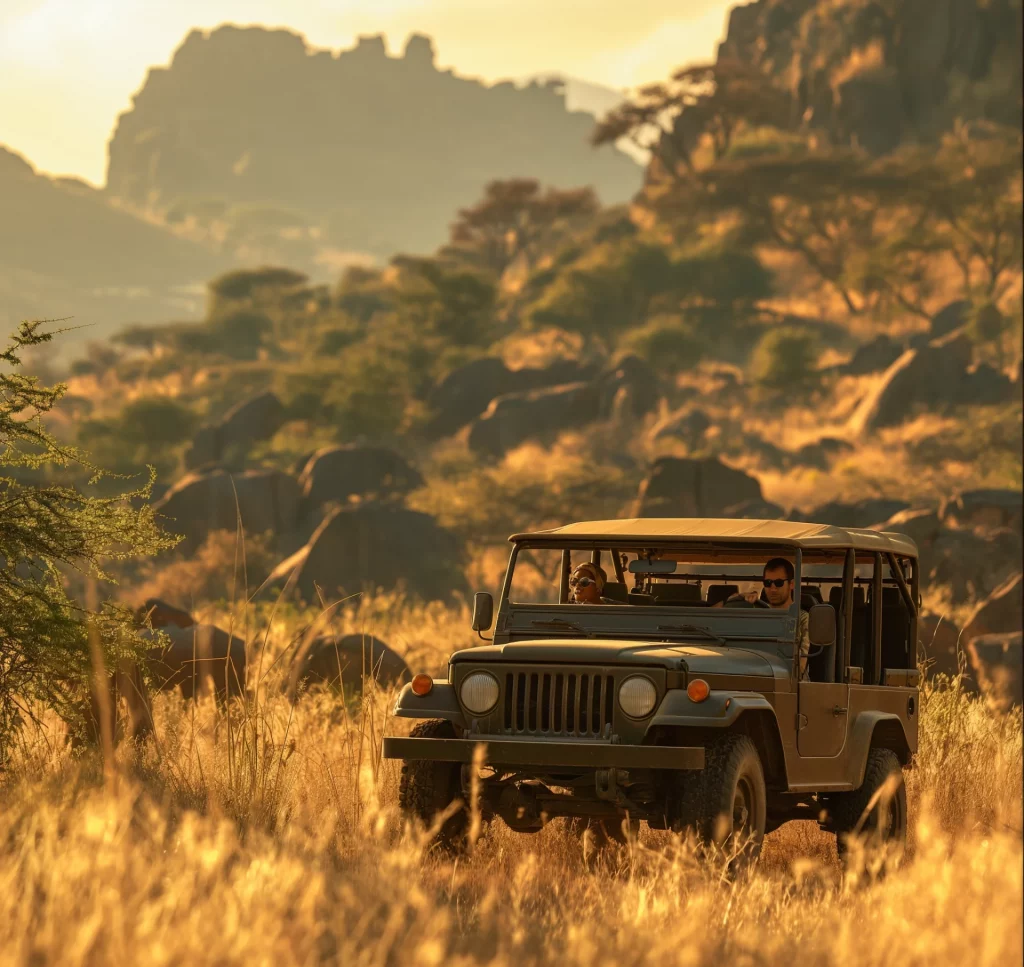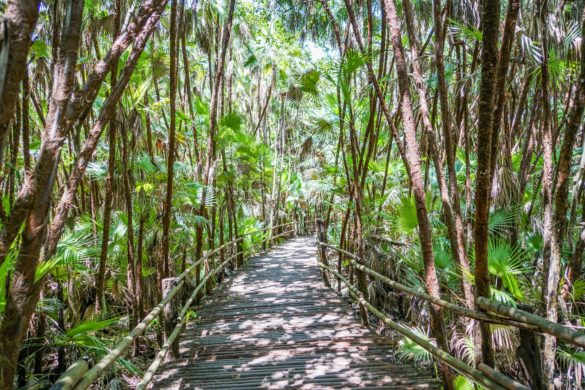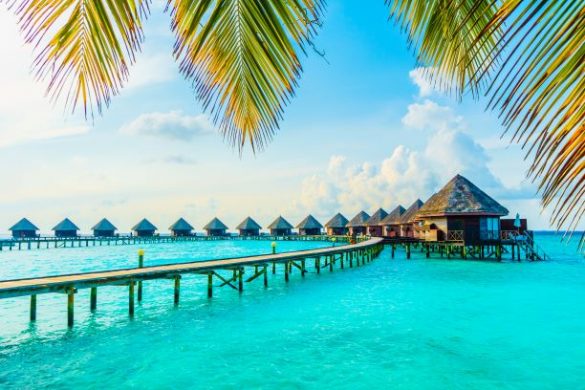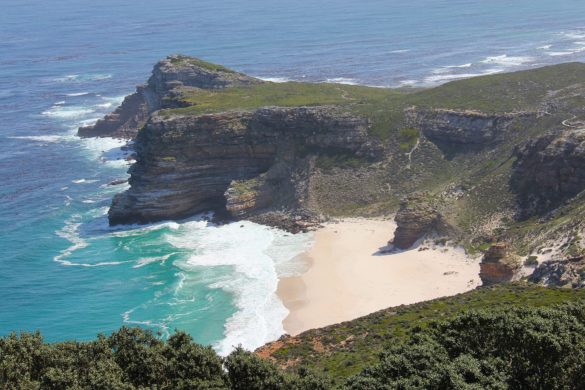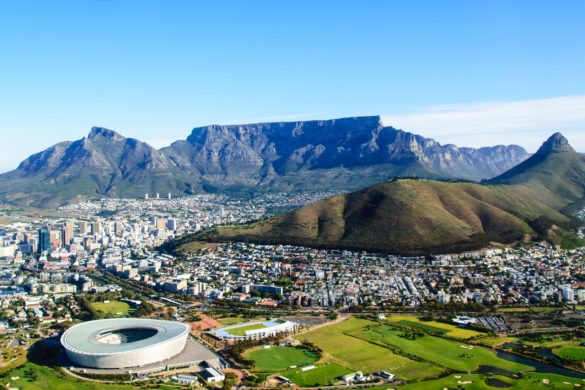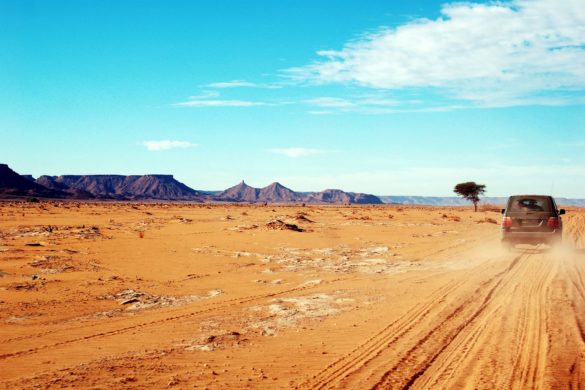Exploring the Hidden Gems of African Safaris
While the iconic East African safaris, featuring the Great Wildebeest Migration and encounters with the Big Five, have long dominated travellers’ imaginations, there exists a tapestry of lesser-known parks across Africa that offer equally thrilling and more secluded wildlife experiences. These destinations not only provide a refuge for a variety of species but also present unique opportunities for conservation and eco-tourism.
Rusizi National Park, Burundi
Nestled along the banks of the Rusizi River, Rusizi National Park in Burundi remains mainly under the radar but is a sanctuary teeming with wildlife. The park is renowned for its population of hippos and sitatungas, a swamp-dwelling antelope rarely seen elsewhere. The riverine environment also supports various bird species and the formidable Nile crocodile. Visitors to Rusizi can explore the park through boat trips and guided walking tours, offering a multi-modal approach to experiencing the natural beauty and biodiversity of the area.
Simien Mountains, Ethiopia
Rising from the northern plateau of Ethiopia, the Simien Mountains are often called the ‘Roof of Africa.’ This park is pivotal for conservation efforts, particularly for several endemic species, such as the gelada baboon and the Ethiopian wolf. The best time to visit is from October to March, when the weather is most favourable for trekking through this majestic landscape. The highlands promise adventure and stunning vistas that challenge the more frequented safari routes in the savannas of East Africa.
Awash National Park, Ethiopia
Awash National Park showcases a different facet of Ethiopia’s natural wealth. With over 81 species of mammals and an even more impressive array of birdlife, the park’s landscape varies from acacia woodlands to rocky cliffs. This variety in terrain provides habitats for a plethora of creatures, including the East African oryx and the Somali wild ass, making it a biodiverse hotspot ideal for those looking to explore beyond the typical safari trail.
Aberdare and Samburu National Parks, Kenya
Kenya, while known for its vast savannahs, also harbours hidden gems like Aberdare and Samburu National Parks. Aberdare offers a scenic vista of waterfalls and lush greenery, contrasting the arid landscapes typically associated with African safaris. It is a haven for bird watchers and home to elusive species such as the black rhino and leopard. Samburu provides a unique landscape of rugged and remote beauty, supporting a diverse range of wildlife, including rare or unseen species in other parts of Kenya, like the reticulated giraffe and Grevy’s zebra.
Nyungwe Forest National Park, Rwanda
The ancient rainforest of Nyungwe is one of Africa’s oldest forests and is incredibly rich in biodiversity. This park is one of the last places on Earth to witness chimpanzees and a dozen other primate species, including the L’Hoest’s monkey and the large troops of colobus monkeys. The famous canopy walk offers an unparalleled view of this verdant environment, allowing visitors to walk above the treetops and experience the forest from a bird’s-eye view.
Kidepo Valley National Park, Uganda
Kidepo Valley is perhaps the most isolated of Uganda’s national parks, but the journey to this remote corner of the country is rewarded with spectacular landscapes and abundant wildlife. This park hosts over 77 mammal species and around 475 bird species, making it a hotspot for both game drives and bird watching. Engagement with local communities is also a key feature of the Kidepo experience, providing insights into the cultural practices of the Karamojong people.
Matusadona National Park, Zimbabwe
Located on the shores of Lake Kariba, Matusadona National Park is a prime example of successful conservation efforts in a remote setting. The park is accessible primarily by boat or 4WD, adding to its allure and sense of adventure. It is home to a robust population of the Big Five, with a particular emphasis on protecting its elephant herds and black rhinos. Conservation work here is closely linked with local communities and is integral to the anti-poaching efforts and overall management of the park’s resources.
Madikwe Game Reserve, South Africa
In South Africa, Madikwe Game Reserve stands out as a testament to successful wildlife reintroduction projects. Once farmland, the reserve has transformed into a thriving wildlife sanctuary where the Big Five roam freely. It is known for its malaria-free status, making it a family favourite. The reserve’s commitment to luxury amidst wilderness does not overshadow its conservation ethos, centring around sustainable tourism practices that benefit both the environment and the local communities.
Zakouma National Park, Chad
Zakouma National Park in Chad offers one of the most remarkable turnaround stories in African conservation. After years of heavy poaching that drastically reduced wildlife numbers, the park has seen a resurgence in its elephant population and other wildlife thanks to rigorous conservation measures and community involvement. This park serves as a crucial educational and economic resource for local communities, providing a model for conservation efforts that can be replicated in other regions facing similar challenges.
Saadani National Park, Tanzania
Tanzania’s Saadani National Park, where the beach meets the bush, offers an exceptional experience of beach safaris combined with traditional game drives. This park is one of the only places in East Africa where one can experience the thrill of game-watching along the untamed shores of the Indian Ocean. The diverse habitats support various wildlife, making Saadani a microcosm of the African wilderness.
iSimangaliso Wetland Park, South Africa
In South Africa, the iSimangaliso Wetland Park is a UNESCO World Heritage Site known for its rich biodiversity and stunning landscapes. From the coral reefs of the coast to the marshes and woodlands, the park offers an array of activities, including snorkelling, bird watching, and guided wilderness trails. The turtle nesting tours are a particular highlight, offering visitors a chance to witness one of nature’s most ancient rituals.
Etosha National Park, Namibia
Similarly, in Namibia’s Etosha National Park, the cultural aspect is intertwined with the safari experience. Visitors can explore the park while learning about the conservation efforts that involve local communities in protecting their natural heritage. This collaboration not only aids in the sustainability of wildlife populations but also empowers communities, ensuring they benefit from the tourism that the park attracts.
South Luangwa National Park, Zambia
South Luangwa National Park in Zambia, known as the birthplace of walking safaris, offers a unique perspective on wildlife interaction. From April to October, the dry season is the best time to visit as it provides prime wildlife viewing conditions when animals congregate around the remaining water sources. However, the green season brings its own allure with lush landscapes, vibrant birdlife, and dramatic thunderstorms, creating a photogenic backdrop for safari-goers.
Mana Pools National Park, Zimbabwe
Mana Pools is renowned for its walking safaris and canoe trails, particularly engaging during the dry season when the lower Zambezi River allows for easier navigation and close encounters with wildlife. The dry months also reduce the presence of mosquitoes, making the experience more comfortable for visitors.
Visitor Experiences
These parks provide a more personalised and less crowded experience than their more famous counterparts. With various safari formats available—from water-based explorations to on-foot adventures—visitors can tailor their experience to their interests and comfort levels. Whether opting for a luxury lodge or a modest eco-camp, the accommodation options are as diverse as the wildlife, with many offering unique features like star beds and infinity pools that allow guests to connect with the environment in special ways.
Conservation Success and Community Engagement
Conservation is at the heart of the appeal of these lesser-known parks, where efforts are aimed at protecting wildlife and ensuring the sustainability of the local ecosystems. Each park has unique challenges and successes, showcasing a range of conservation strategies, including anti-poaching initiatives, habitat restoration, and community-based conservation projects.
Safari Tips for an Enhanced Adventure
To maximise the enjoyment and impact of a safari in these lesser-known parks, several tips can enhance the visitor experience:
- Guided Tours: Opting for guided tours with experienced locals enriches the journey with expert knowledge and ensures safety during wildlife encounters.
- Cultural Engagements: Participating in community visits and cultural experiences provides deeper insights into the region and contributes to sustainable tourism.
- Biodiversity Highlights: Each park has unique biodiversity highlights; knowing what to look for, such as specific bird species or rare mammals, can significantly enhance the experience.
- Travel Preparedness: Understanding the best travel seasons, required vaccinations, and appropriate gear can significantly improve comfort and enjoyment.
The Appeal of Adventure and Natural Beauty
The appeal of these lesser-known destinations lies in their ability to offer an authentic and intimate connection with nature and culture. They provide a sanctuary for wildlife and adventure seekers and families looking for meaningful and less commercialised travel experiences. The beauty of these parks, combined with the warmth of the local communities and the thrill of discovery, makes for unforgettable adventures that contribute positively to the region’s ecological and social fabric.
As we continue to explore these magnificent but lesser-known corners of Africa, the journey becomes about seeing new sights and gaining new perspectives. It’s an adventure that challenges us, changes us, and enriches our understanding of the complex tapestry that is our natural world.

